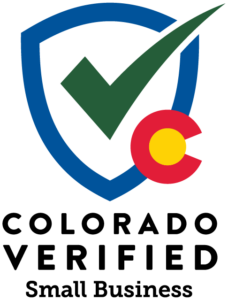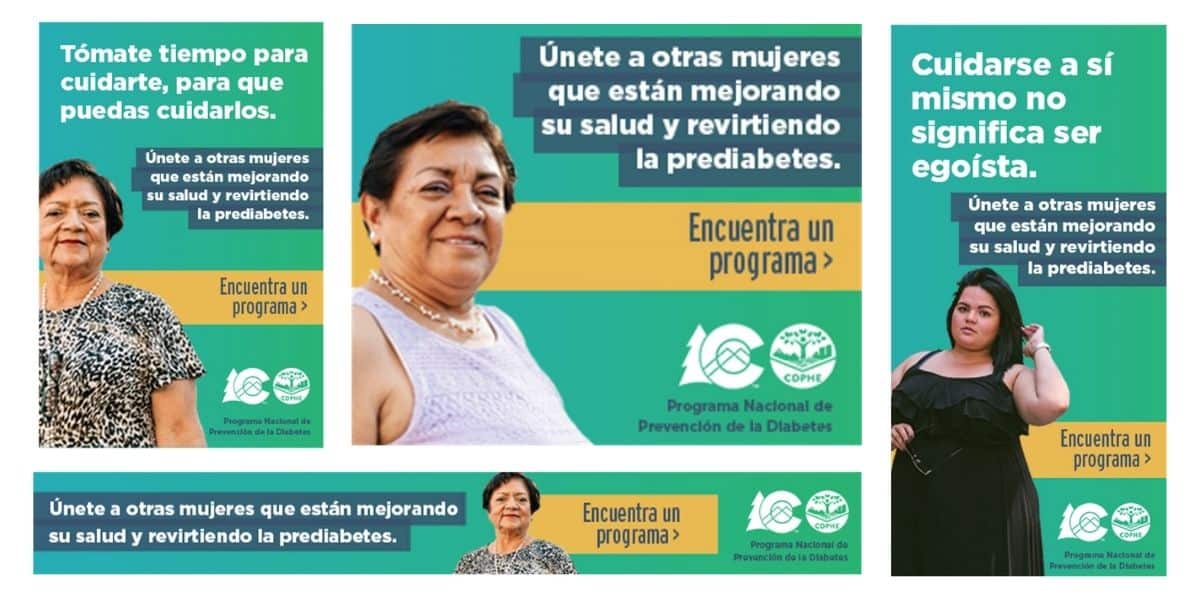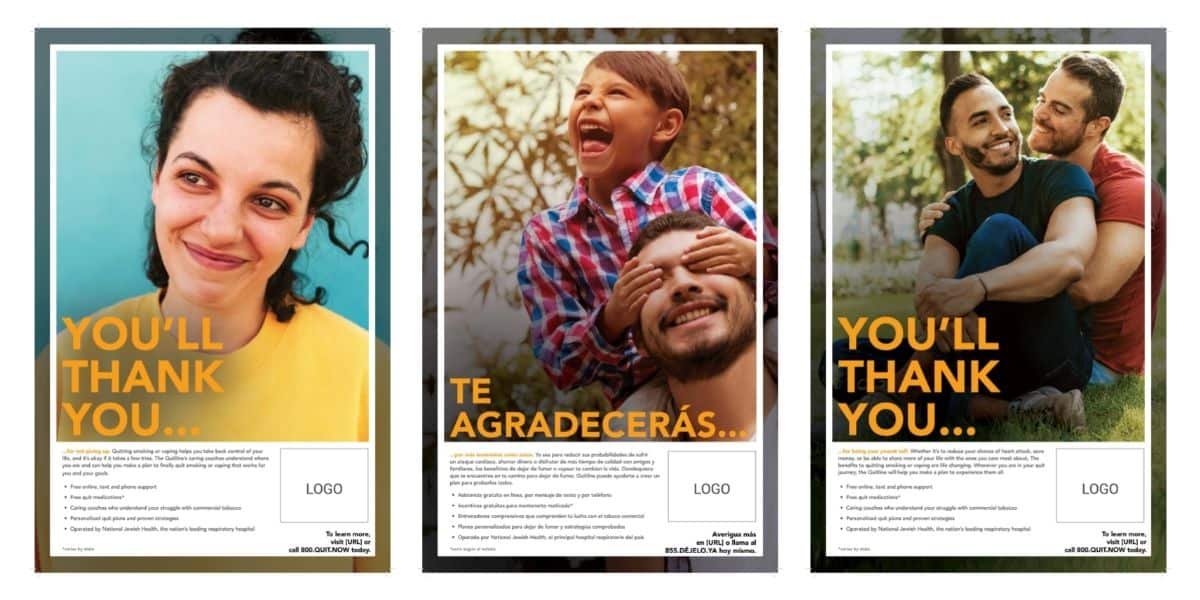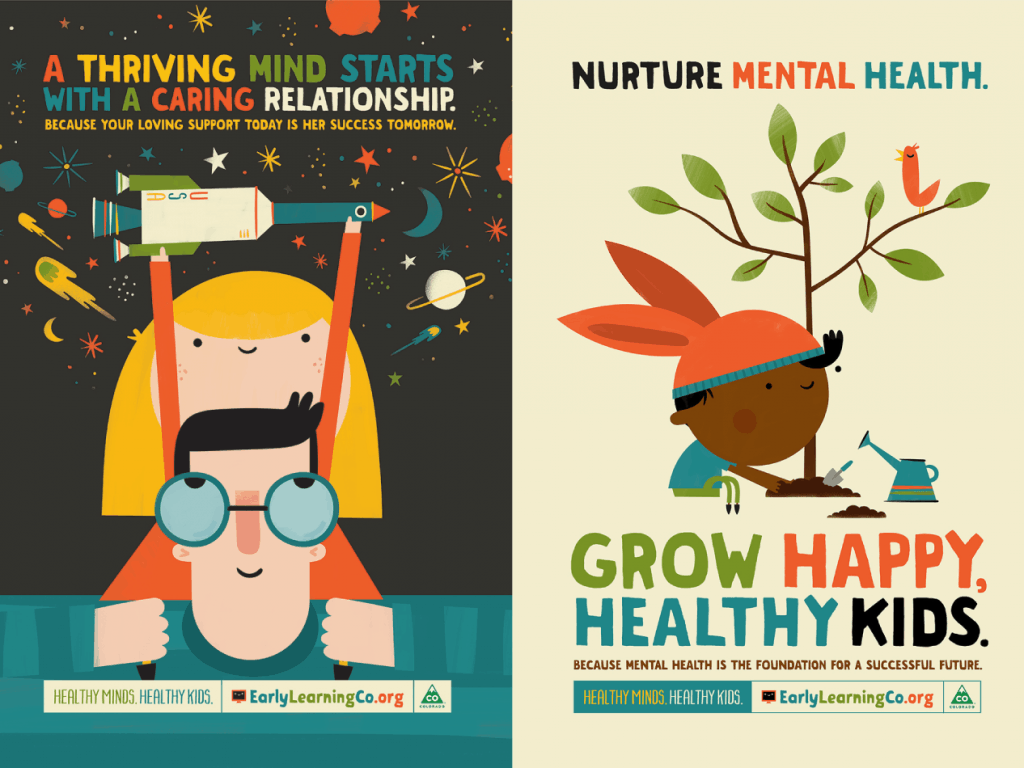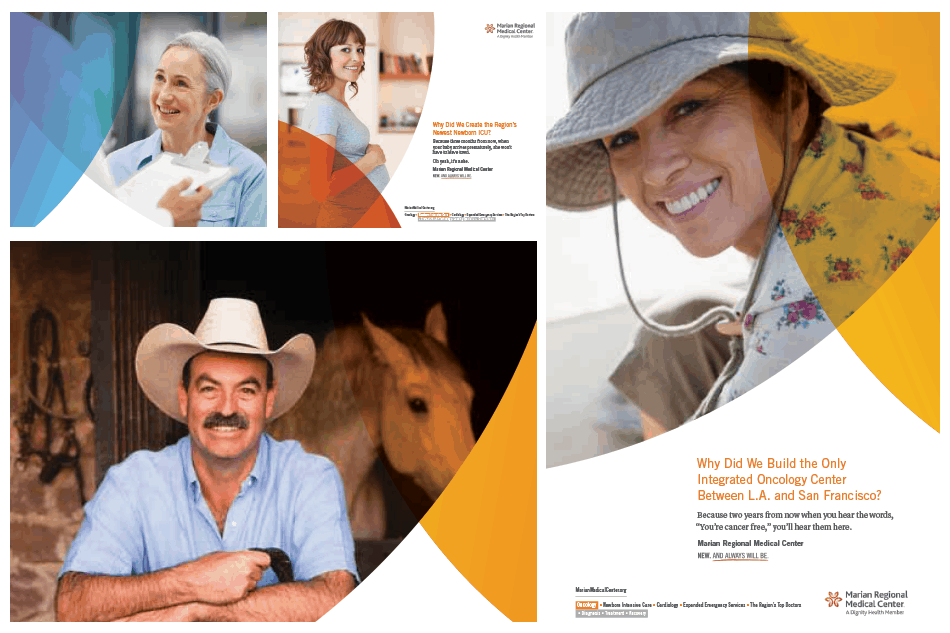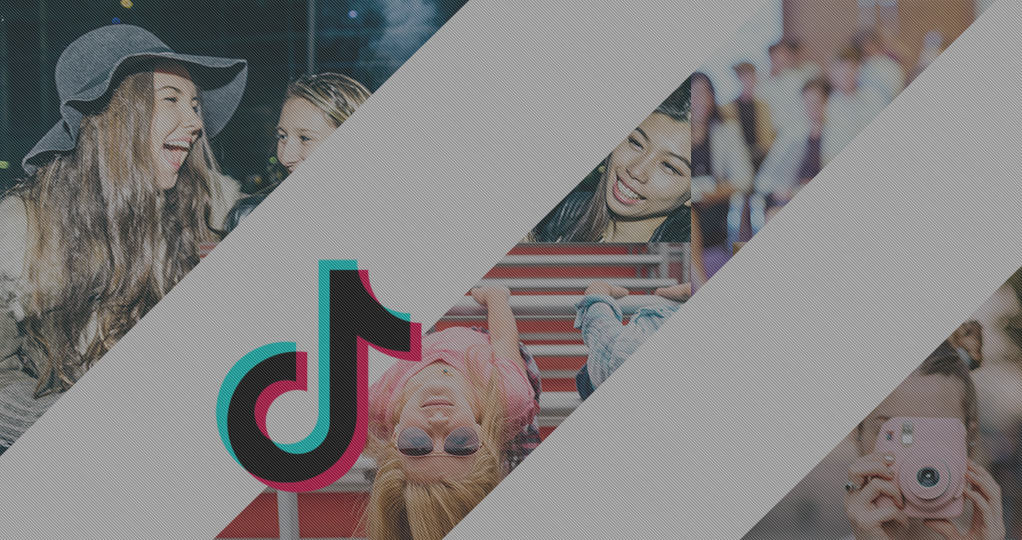
In today’s digital world, anybody with a smartphone is a content creator.
TikTok, the trending app where users record and upload 15- to 60-second creative video clips set to music, has embraced and harnessed the power of the everyday content creator.
TikTok is dedicated solely to video creation and sharing, and users are served a curated feed of popular videos from friends, celebrities and brands. Content can be explored using keywords, trending topics and hashtags.
The videos have an organic, “home movie” feel, and that’s on purpose. The app (originally called Musical.ly) started as an educational tool, then caught on with teens and YouTube influencers lip syncing to popular music. Now, the app is a miscellany of people dancing, flipping, jumping, skating and sharing stories.
Aside from being a hub for pet videos and dance trends, media companies like Seventeen and NBC have hosted “shows” that are aimed at teens, and the app developers are starting to beta-test advertising on the platform.
In addition, some cause-oriented brands are harnessing TikTok’s popularity to raise awareness among young people.
For example, the nonprofit Girls Who Code partnered with TikTok to celebrate International Day of the Girl in 2018. The nonprofit asked users to create videos of themselves writing an issue that they’re passionate about on their hand, and TikTok donated $1 per video made to the organization. The videos organized under the hashtag #raiseyourhand have garnered 21.1 million views.
If you’re considering using TikTok to share content from your organization, here’s a quick download on the app’s perks and pitfalls.
| Cool | Uncool |
| Vertical video format is seamless with Instagram and aligns with social media’s move toward vertical clips. | “Because the app merged with Musical.ly, which most people associated with children, there’s a prevailing notion that adults who make content on TikTok are creepy and weird.” |
| Users can post reactions to other’s videos, similar to how Facebook allows you to respond with a variety of emotions. | Videos can be a little spammy looking and unpolished to the point of looking junky. |
| The app has a library full of clips of popular songs, but users can also use their own recordings or “original sound.” You can click on any song to see more videos set to that song. | Attracts social content creators who provide crazy, weird or gross antics set to music. |
| TikTok inspires video challenges, including trends like #InMyFeelingsChallenge or #LevelUpChallenge based on the popular Drake and Ciara songs. These challenges have then expanded to other platforms. | The app has gotten lots of recent criticism for being an outlet for bullying, especially directed at minority and LGBTQ people. |
| Teens are known to repost TikTok videos on other channels like Insta, so the format is being shared on a variety of platforms. | No advertising options; an organization would have to be able to produce enough content to earn followers organically. |
For more on how to use the app personally or organizationally, check out A Guide to TikTok for Anyone Who Isn’t a Teen, All About TikTok from the staff at The Atlantic, and the New York Times account of how TikTok is “bringing the fun back to social media.”

